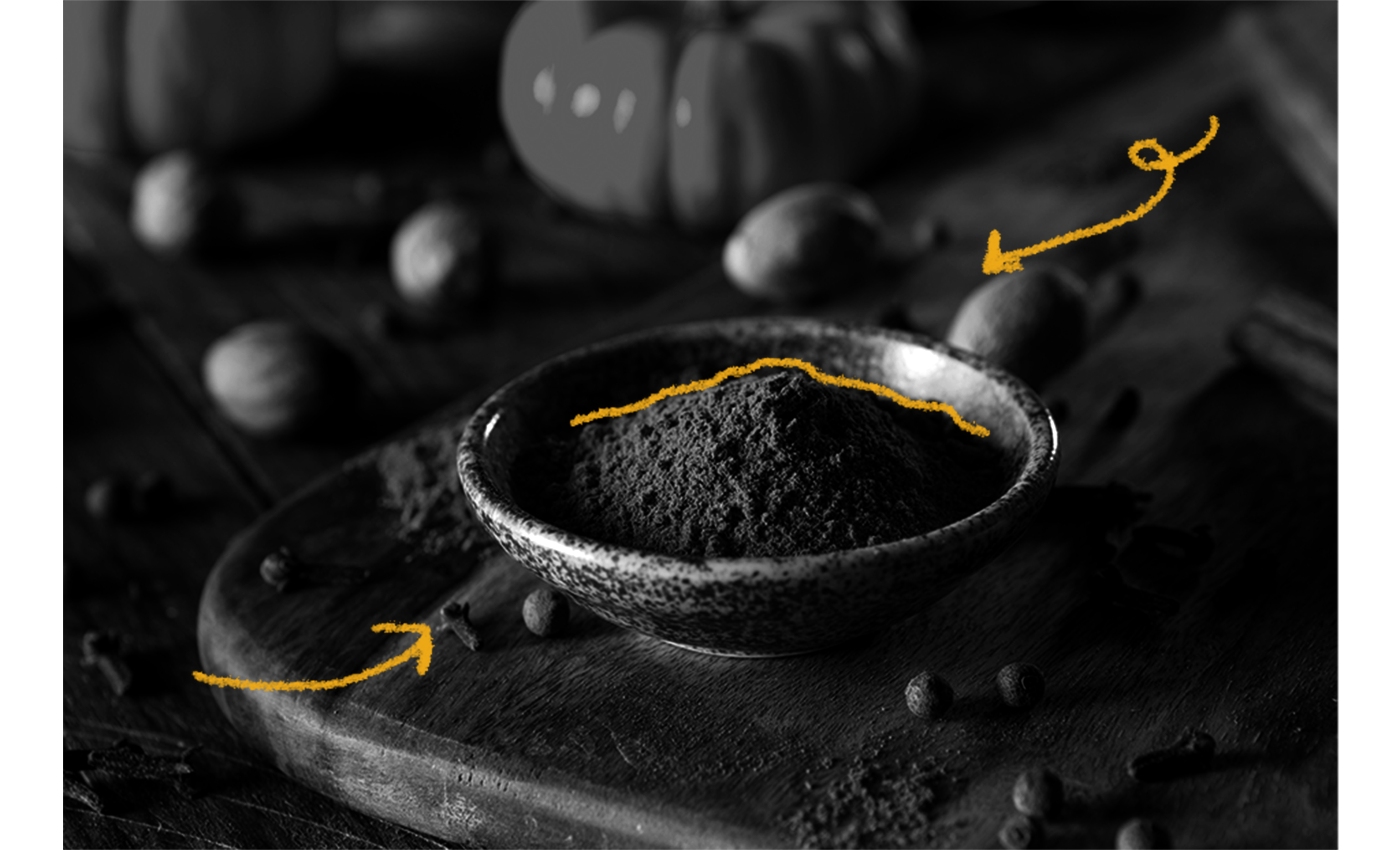Pumpkin spice generally refers to a blend of cinnamon, ginger, nutmeg, and allspice; cloves and mace are sometimes included, too. Its roots date all the way back to the Dutch East India Company. In the early 17th century, they took control of certain Southeast Asian islands (then referred to as the Spice Islands) where the blend’s rare spices could be found. Having access to these spices inspired the Dutch to create speculaaskruiden, a spice blend similar to pumpkin spice that made its way across the Netherlands and eventually beyond its borders. Similar blends soon began to pop up in other parts of the world — for example, a 1791 cookbook written by a Scottish author named Mrs. Frazer calls for a blend of “mixed spices” including nutmeg, clove, and Jamaica pepper, which likely refers to allspice sourced from Jamaica, which was a British colony at the time. By 1796, spice blends containing mace, nutmeg, and ginger were being used in pumpkin pie recipes in America. While the indigenous peoples of North America mostly used pumpkins in savory recipes, the European colonists tended to use them in sweet recipes, such as pie. And as long as there have been pumpkin pie recipes, some variation of pumpkin spice has been used. However, the blend didn’t find commercialized success until 1934, when McCormick introduced a spice mix called “pumpkin pie spice.” It was so named because it was intended to flavor pumpkin pies and was released in direct response to the introduction of pureed canned pumpkin, which Libby’s debuted in 1929. It's worth noting that over the years, McCormick published recipes that detailed ways to use pumpkin pie spice beyond making pumpkin pie, but savory uses for pumpkin pie spice never fully took off. Following the success of the Starbucks PSL (pumpkin spice latte), which originally debuted in 2003, pumpkin spice exploded in popularity. Today, many retailers sell various special items containing pumpkin spice to celebrate the fall season, which is relatively easy to do because the pumpkin spice blend is now fairly inexpensive and widely available — in contrast to years past, when its components were expensive and their sources were closely guarded by the Dutch East India Company.

Your go-to guide for weird history facts
Subscribe to the FREE daily email that makes learning about history fun.


